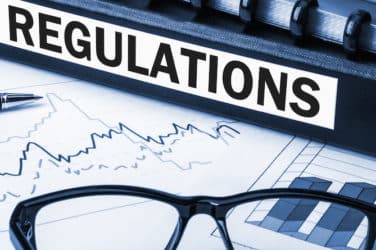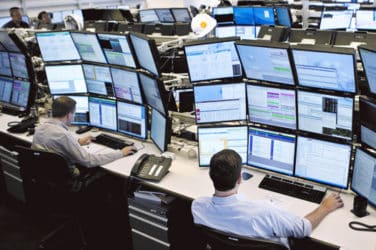The Standard & Poor’s 500 was at about 1,468 in December 2007. Entering December 2017, the equity benchmark was at about 2,650.
The 10-year, compound annual growth rate (CAGR) of 6% is right in line with conservative expectations of long-term stock returns. So in isolation, a snapshot of the S&P, then-versus-now could lead one to surmise that the past decade was unremarkable, with ho-hum, steady-as-she-goes expansion.
But the reality was anything but boring. The last 10 years included a cataclysmic market swoon and the previously unthinkable collapse of Wall Street banks, followed by unprecedented action from central banks, massive regulatory initiatives and a historic bull market.
The number that best connects the dots between 2007 and 2017 is that the S&P bottomed out at 667 in March 2009. Before that, the markets were hideous; afterwards, things moved in the right direction.

Seth Merrin, Liquidnet
“Seismic,” is how Liquidnet Founder and CEO Seth Merrin described events that transpired since the global financial crisis of 2008-2009.
“It was the bailout of the banks. It was Dodd-Frank. It was Basel III over in Europe,” Merrin said. “It was the complete restructuring of capital usage at the big banks, which effectively changed the entire market structure of fixed income markets which had been entirely facilitated by dealer capital.”
The financial crisis and the subsequent Dodd-Frank rule set changed the landscape in the U.S. on multiple fronts, with one result being a drought in initial public offerings. On the debt side, “interest rates went to zero” amid quantitative easing, Merrin noted. “Since then, we’ve had an enormous amount of bond and debt issuances from corporate America.”
“The United States was first with quantitative easing, which went on to happen all over the world,” Merrin continued. “Europe started with austerity measures, which created initial divergence between the recoveries of the U.S. and Europe.”
Since the dark months that often felt like the beginning of the end of the world — when a daily market decline of 5% was not a big outlier — “stocks have recovered spectacularly,” said market historian John Steele Gordon.
“That’s not because of the vast prosperity of the economy, which is in the most sluggish recovery since the Great Depression,” Steele Gordon said. “Rather, it’s that there has been no place else to put money” given historically low yields on bonds and savings accounts, he noted.
On the trading side, things have sped up, to say the least.
Kevin McPartland, head of market structure and technology research at Greenwich Associates, was a new analyst at Tabb Group 10 years ago. His first report was on ‘high-speed’ messaging.

Kevin McPartland, Greenwich Associates
”It was an early phase of the high-frequency trading conversation,” McPartland said. “High- frequency trading had been going on for a while at that point, but it was still pretty far out of the public consciousness.”
As McPartland recalled, 5 milliseconds was considered a fast execution speed 10 years ago. Today, 5 milliseconds is positively glacial compared with 50 microseconds, which is about how long it takes for an exchange to match a trade.
Overall, year-end 2007 was a heady time for financial services. “Firms were growing, things were great,” McPartland said. “The folks that were really in the know saw bubblings of problems in the mortgage market, but I think the broader market was happy as a clam and moving right along.
Bear Stearns was sold in a distressed deal to JPMorgan in March 2008, as at least a sign of big trouble ahead. “When Bear happened, people got a little nervous, but the thought was that maybe it was an isolated event,” he continued. “But then everything changed” six months later with the collapse of Lehman Brothers.





